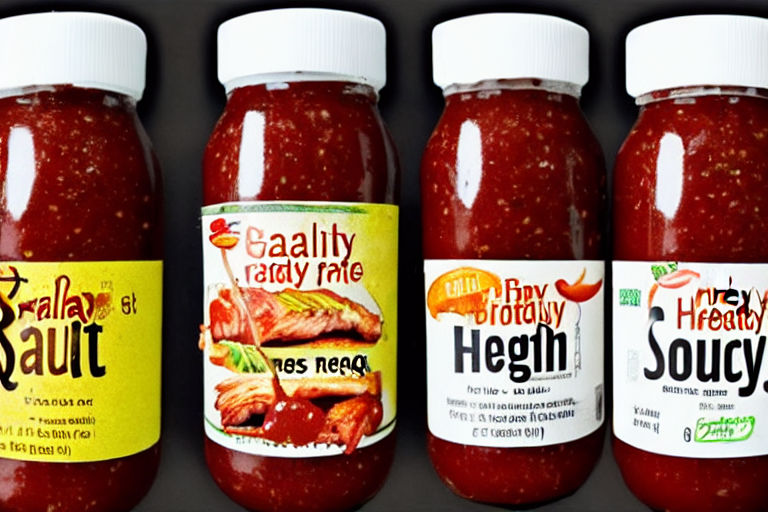Comparing Barolo and Barbaresco: The Differences Between Italy's Top Nebbiolo Wines
When it comes to Italian wines, Nebbiolo is the king of the reds. And two of the best Nebbiolo wines are Barolo and Barbaresco. While they are often compared, there are some key differences between these two wines. In this post, we will explore the characteristics of Barolo and Barbaresco and compare them side by side.
Geography and Climate
Barolo is produced in Piedmont, which is located in Northwestern Italy. The region is known for its hilly terrain, and it is here where the Nebbiolo grape thrives. Barolo is produced in a small area of the Langhe hills, specifically in the towns of Barolo, La Morra, Monforte d'Alba, Castiglione Falletto, and Serralunga d'Alba. The climate here is continental, with cold winters and hot summers. This results in wines with high acidity and tannins, as well as a complex aroma and flavor profile.
Barbaresco, on the other hand, is produced in a much smaller area, specifically in the town of Barbaresco and a few neighboring villages. The climate here is slightly milder than in the Barolo region, with less temperature variation between day and night. This results in wines with slightly lower acidity and tannins, but still with a complex and nuanced flavor profile.
Flavor Profile
When it comes to flavor, both Barolo and Barbaresco showcase the Nebbiolo grape's classic characteristics of tar, roses, and leather. However, there are some differences between the two.
Barolo is known for its power and structure. It is a wine that needs time to age, and the tannins and acidity can be quite high when the wine is young. As it ages, the tannins soften, and the wine becomes more approachable. A good Barolo will have notes of cherry, truffle, and earth, as well as a long, complex finish.
Barbaresco, on the other hand, is often described as more elegant and refined. It has a softer structure than Barolo, with tannins that are more integrated and less prominent. The flavor profile is often compared to Barolo, but with a more delicate touch. It will have notes of cherry, licorice, and spice, and a long finish that is more subtle than Barolo.
Food Pairings
Both Barolo and Barbaresco are versatile wines that can be paired with a variety of foods. However, due to their high acidity and tannins, they are best paired with dishes that can stand up to them.
Barolo is often paired with rich, hearty dishes such as braised meat, game, and truffles. It also pairs well with strong cheeses such as gorgonzola or parmesan. Alternatively, it can be enjoyed on its own as a meditation wine.
Barbaresco pairs well with lighter dishes such as roasted chicken or pork, grilled vegetables, and risotto. It is also a great match for dishes with a tomato-based sauce, as the acidity in the wine can cut through the sweetness of the tomatoes.
Conclusion
While both Barolo and Barbaresco are made from the Nebbiolo grape and share some characteristics, they are distinctly different wines. Barolo is powerful and tannic, while Barbaresco is elegant and refined. The climate and geography of the two regions also play a role in the flavor profiles of the wines. Both wines are fantastic examples of Italian wine at its best and are definitely worth trying side by side to experience the differences for yourself.



